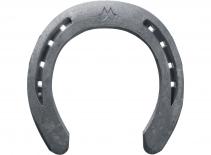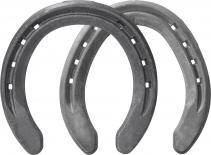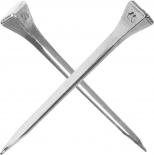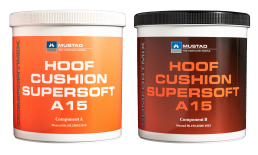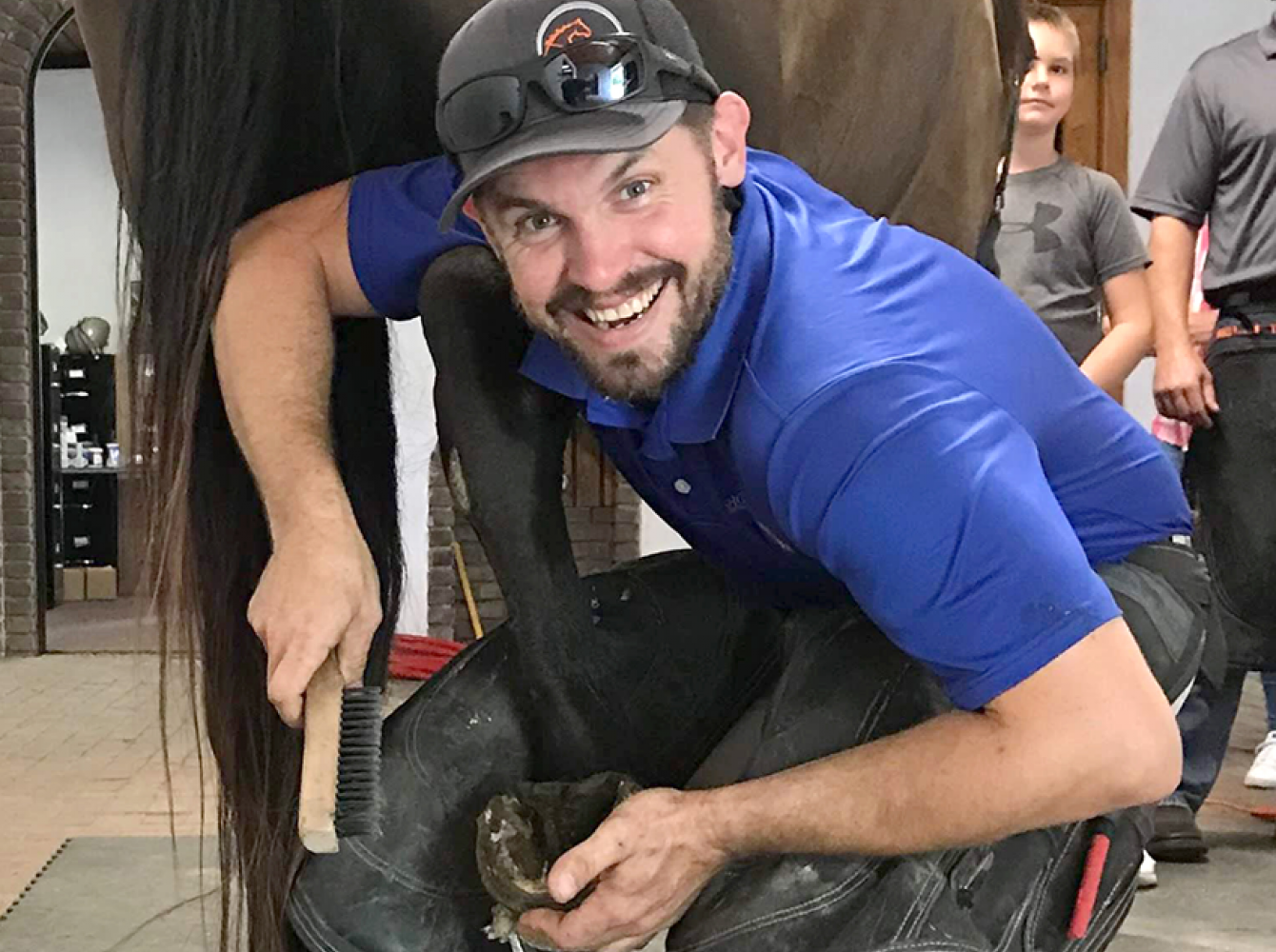
Caleb Bergeleen, CF, APF-I
Because he started young, Caleb Bergeleen quickly understood the demands horseshoeing makes on the body. Even so, he’s found a way to keep making a difference for horses—and farriers
Caleb Bergeleen trimmed his first pony when he was nine. By the age of eleven, he was shoeing his horse and the horses of his friends in junior rodeo. After helping with his father Lyle “Bergy” Bergeleen’s business, HoofTalk throughout his teens, Caleb moved to northern California where he worked on a dude ranch, shoeing horses and wrangling. Soon, his father, who had moved to Texas, urged Caleb to join him there, where the work was plentiful and the season was long. By the time Caleb had hit his mid-thirties, he had built a thriving multi-farrier business by focussing on continuing education, client satisfaction and hard work.
In the early days of building the business, concerning himself with the intricacies of finances just wasn’t on Caleb’s mind. “I got in the mindset that I could make good money, so I didn't have to worry about saving money or investing money. And I didn't have to take care of the business side, because, at that age, I didn't have a house payment. My expenses were so low.”
But, like many farriers, especially those who start young, he also had an aching back.
So he started looking for a way to make money that didn’t focus entirely on bending over a horse’s hoof. Having seen his father’s success with horseshoeing videos and books in the nineties, he knew there were ways to redirect his own career, despite not yet knowing exactly how. Fortunately, another farrier would soon give him some worthwhile advice, reframing how Caleb saw his own career.
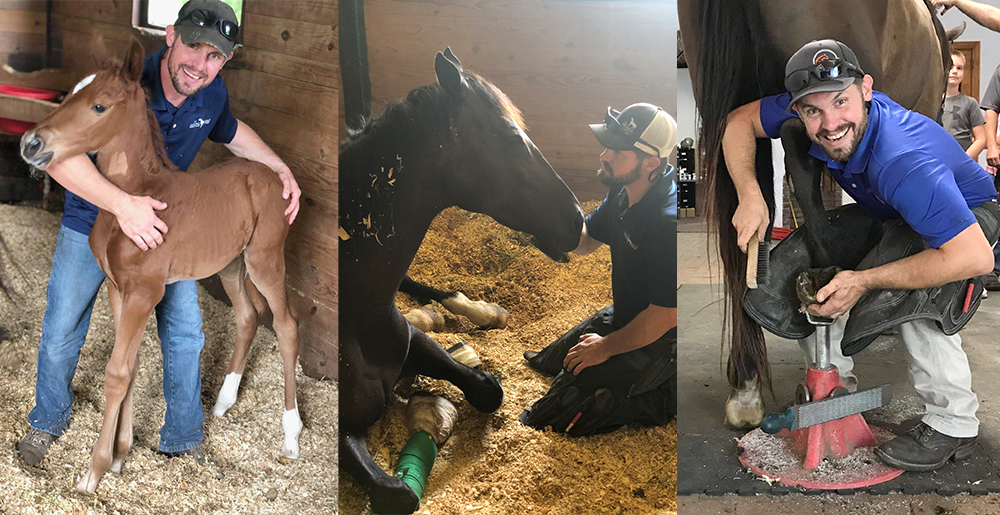
Rebuilding His Ideas on the Business
While attending the International HoofCare Summit back in 2012, an older farrier told him, “You can't just be busy and keep scheduling all of your time. By the time you get done working, you don't have time to return client calls, and that's the most important thing to being successful in the farrier industry. You need to hire a scheduler so that you can focus on what you do best, horses feet.”
So he hired an office manager so that he could concentrate on customer service. “Too many farriers think if you have a high skill level, the business side doesn’t matter. That’s exactly wrong. Yes, you need a certain skill level, but what you really need is business savvy. That starts with returning calls, showing up when you saying you're going to, being easy to work with, and being easy to get a hold of. If people have to wait days for a response, they're going to find someone else.”
With a better system on how to engage clients and keep them happy, he was able to raise his rates. By adding farriers to his practice, he boosted his revenue; by presenting at clinics, he raised his visibility; and by switching to a haul-in practice with a therapeutic emphasis, he increased his efficiency. With the new income, driven by changes to his business practices, Caleb started saving more, opting to invest in both rental properties and outside ventures, the latter of which would shape the career he has today.
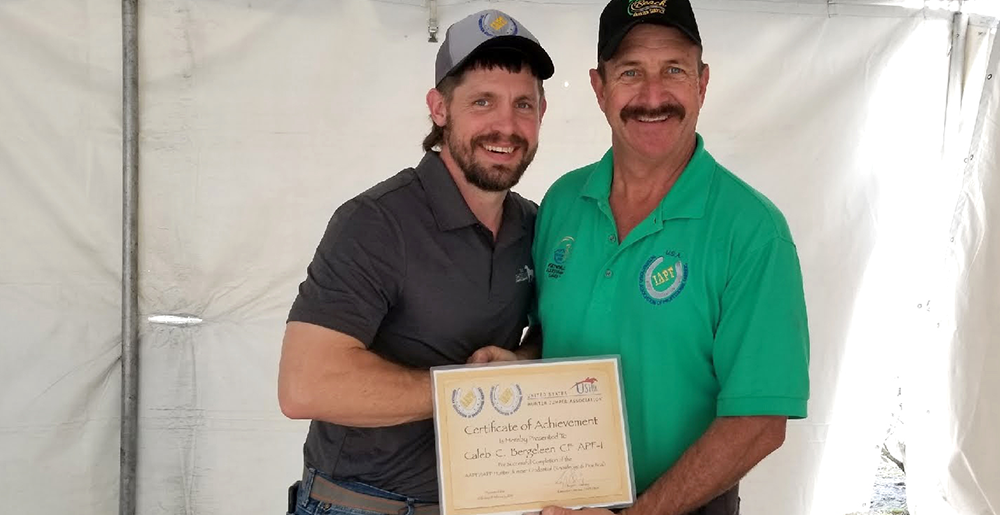
Unexpected Changes & New Directions
And just when Caleb felt the happiest with his work, an unexpected change in the family would reshape his entire practice. When his father-in-law died of a heart attack, Caleb suddenly found himself moving from his base to Boerne, Texas, and selling his successful multi-farrier practice. In answer to what he would do next, Caleb, alongside Dr. Sammy Pittman and Dr. Jaret Pullen, purchased and fully delved into a therapeutic-centered farrier business. Through their business, Horse Science Anatomyworks, Caleb and his partners create instructional anatomy models and educational materials for veterinarians, farriers, and educators. For farriers, the realistic models help demonstrate various pathologies they might need to address. The company, initially started by farrier Allie Hayes in the 80s when an injury sidelined her own farrier practice, is a regular presence at all the big conventions.
Though the change was unexpected, an appreciation for horse anatomy is a natural extension of a passion for accuracy that began when mentor Ric Redden taught him the value of reading a radiograph. Caleb and his partners see a need for more targeted education, since farrier schools cannot fully detail horse anatomy given time constraints within curriculums that must focus on all aspects of shoeing. And, as his veterinarian friends have taught him, despite the broader understanding of anatomy at veterinary schools, students do not receive a detailed education on the specialty of equine feet. The result is a relatively shallow understanding of equine foot anatomy when comprehension is monumental to the work of a farrier.
The fact that the models are three-dimensional and often based on real cases matters. “Though I thought I understood anatomy, I understood textbook anatomy. When you're dissecting all these limbs, the amount of spiral deformities in horses' legs no one talks about is stunning. In the textbooks, everything's parallel and perpendicular.”
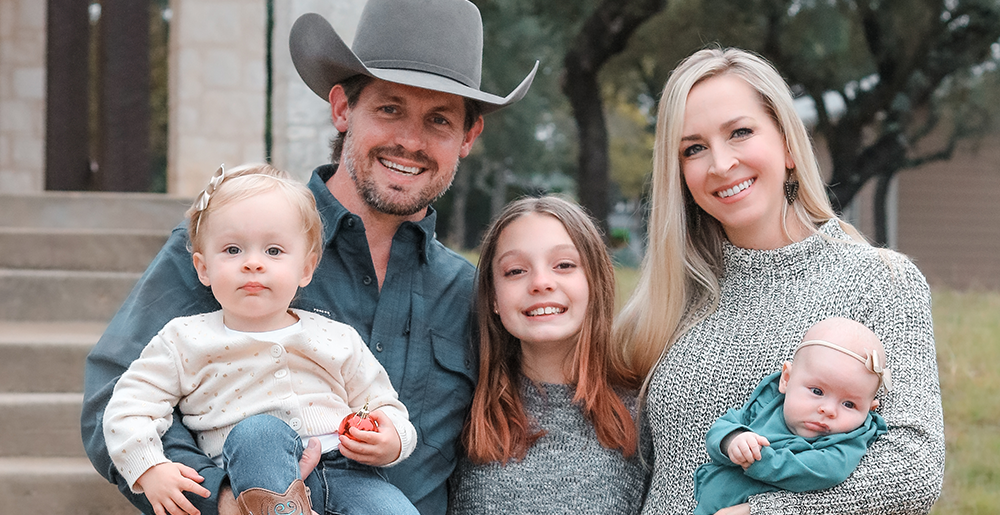
An unforgettable story.
This knowledge of anatomy has allowed him to make a real difference in the well-being of horses—and their owners. Years later, one particular case still stands out to him, as he just so happened to get the call during an important visit with his daughter. “My daughter was about 7, and I got an emergency call on a horse that was sinking. The laminitis was so severe that the bony column was going through the bottom of the hoof capsule, rather than your typical rotation. If you don't immediately throw everything at a horse that is sinking, have the right skills, and also get lucky, it’s a dead horse. I looked at my daughter and I was like, ‘here's what we're going to do: you're going to come with me and watch and see what your daddy does.’ It was a long process, but we ended up saving the horse's life. We were able to get the horse to regrow a new foot, and she's happy, healthy, and walking around without limping. The owners are elated. And my daughter, who’s now 11, still tells that story.”
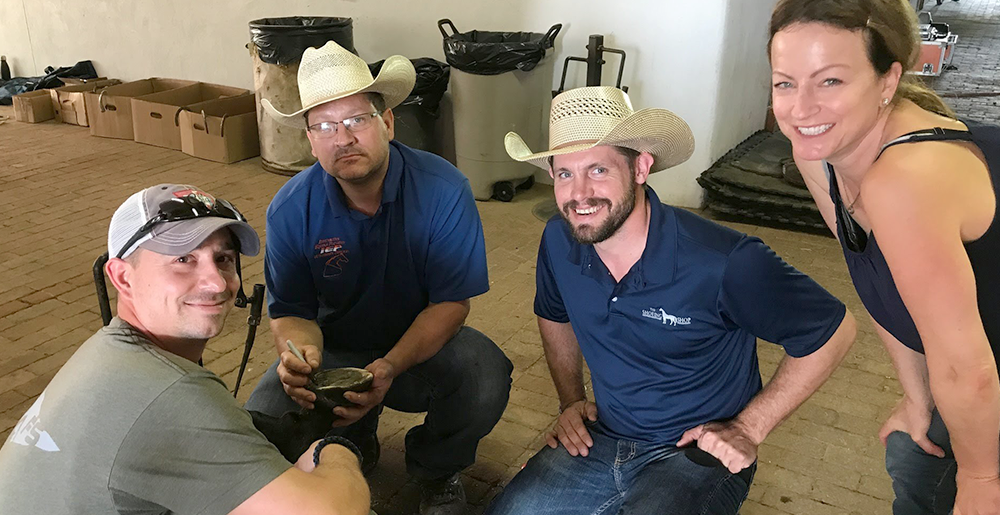
An Extension of the Anatomy
Caleb looks for products that complement a horse’s anatomy. He uses Mustad Comfort Mix Hoof Cushion and appreciates its availability in three firmnesses. He likes LiBero Equi-Librium shoes because he can get “a very omnidirectional breakover. It’s just a fabulous shoe.” For nails, he’s switched to the Musatd Concave 3 and 4, because the thinner shank works well with the sometimes compromised hooves of horses who need therapeutic shoeing. “They don't have much for hoof walls. That's part of why they’re sore. The depth of the foot isn't there, and the mass of the foot isn't there. So a thinner nail just gives me a little more confidence in my nailing.” He also appreciates that the concaves fit both the Equi-Librium and the St. Croix Forge Advantage.
As he moves into the next phase of his career, Caleb is eager to share his knowledge, both through Horse Science Anatomyworks and through his work as a clinician. “I've been so fortunate to be around so many wonderful farriers and veterinarians that educated me. It would be a waste for it to stop with me. Years ago I learned the highest compliment to any educator is that their student would surpass them, right? So we can stand on each other’s shoulders, ensuring there are fewer lame horses. Ultimately this is where we make a difference.”
Want to see more of Caleb and his business? Follow Horse Science Anatomyworks on Facebook.
